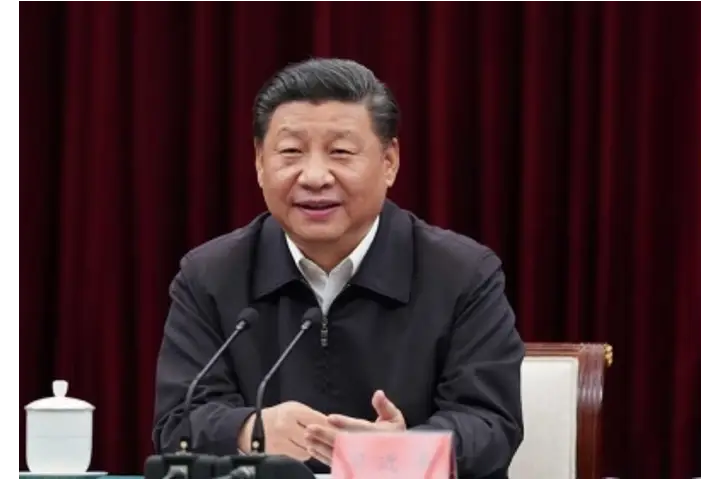China’s small and medium enterprises in the private sector have been the worst impacted since the outbreak of Covid 19 pandemic last year. And now with acute power shortage, rising raw material prices and difficult financing mechanisms, worries for the sector have just grown. The recent shutdown at few provinces to contain the resurgence of Covid 19 has also led to uncertainty.
For China, like many other economies, the SMEs proved to be the backbone of the economy, accounting for 80 per cent of employment.
According to data collation portal Statista, every year prior to the outbreak of the pandemic about five million new SMEs are added in China, representing at least a 10 percent year-over-year growth rate.
Also read: China's falling manufacturing output in October signals deeper economic crisis
A study by International Food Policy Research Institute (IFPRI) in October last year revealed that about 18 per cent of the SMEs had closed for good.
While the government has promised assistance, not many are convinced about the actual move.
The recent crackdown by the Chinese authorities on the private sector including the education firms, restaurants and shops has made the going even tougher for the SMEs.
The South China Morning Post in a report titled ‘China’s smallest businesses are crumbling as costs soar and help fails to arrive, putting national economy at high risk’ noted that though the small and micro businesses are the backbone of the country’s private sector, many are closing down as the central government is increasingly favouring state enterprises.
“The problem with China is somewhat self created. It does not know how to handle its private sector including the SMEs,” Subhomoy Bhattacharjee, Senior Adjunct Fellow at RIS (Research and Information System for Developing Countries) told India Narrative.
Bhattacharjee added that the private sector companies – big and small — need to be able to grow to contribute handsomely to the economy.
According to Statista data, every year, about five million new SMEs are added in China, representing at least a 10 percent year-over-year growth rate for the last several years.
Also read: China's economy faces a time bomb–its slow birth rate
The economic reformation in China, SMEs have become one of the driving forces in the economy.
Statista data highlighted that in 2019, the number of SMEs was estimated to be over 38 million. In Beijing alone, there were over 3,100 industrial SMEs generating more than $2.8 billion annual revenue in 2017.
Rising economic uncertainties in China have already started denting consumption. “Consumption may further be impacted as overall debt levels including household debts are at high levels, people will be unable to spend the way that have been doing in the past,” DK Srivastava, chief policy adviser, EY India added.




















